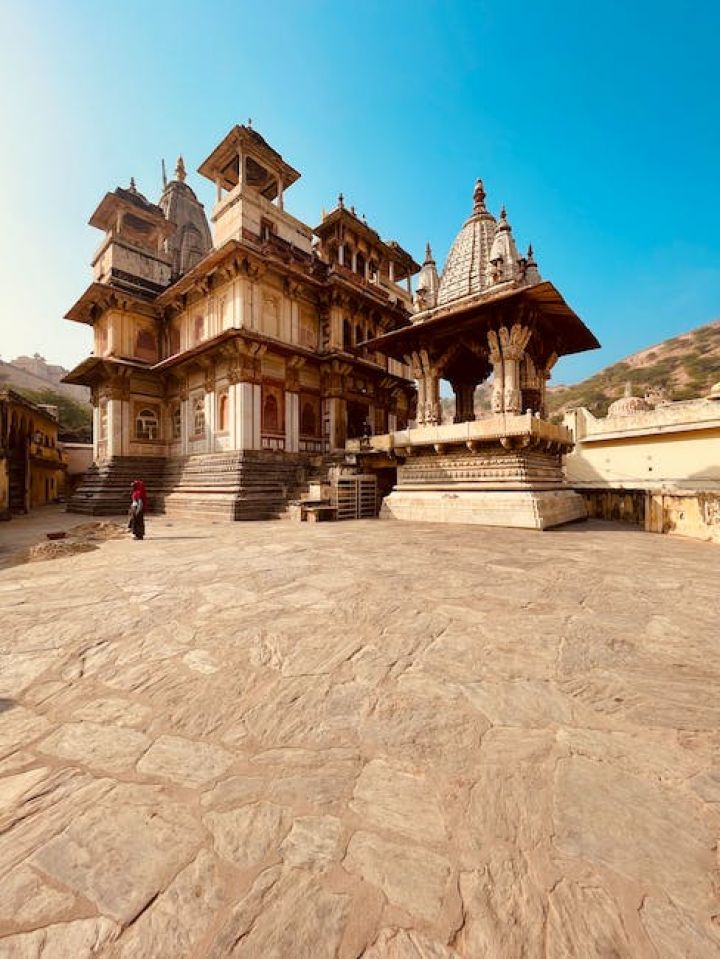“Although it is important that we be productive citizens and put in time at work, maybe we need to respect the importance of leisure time and relaxation a little more.” So says Sage Wilcox.
When people tire of work and feel the need for a long vacation, they may not always be able to act on their urge given the number of things a holiday entails.
Oftentimes, they may try to squeeze some time to visit places that are not too far from where they live (and are budget-friendly) so that they can relax a little and be more productive at work later.
Some people enjoy walking in quiet places while listening to birds chirping, or just watching birds doing their own thing. Or even, learning some things about them.
If that’s your inclination, then you will find a visit to “Taman Burung” (Bird Park) of Jagat Satwa Nusantara at Taman Mini Indonesia Indah (TMII) worth your while.
Located in East Jakarta, TMII can be reached by taking the light rail transit (LRT) and taking a free shuttle provided by TMII at the TMII LRT Station. However, buying an online ticket beforehand would be advisable.
After arriving at TMII, you will have to take another shuttle to reach the Bird Park of Jagat Satwa Nusantara. Do keep in mind: Visitors are not allowed to offer food to birds here.
Bird Park of Jagat Satwa Nusantara
The Bird Park was built in 1976 and was officially opened by former president Soeharto in 1987. It is one of the three places where people can see live animals at TMII.
The Bird Park has thousands of birds, such as the green peafowl from Java and the Indian peafowl, and has separate quarantine facilities where sick birds are provided treatment.
The Indian peafowl (Merak Biru) is one of the birds that can be seen at the Bird Park. (ANTARA/Cindy Frishanti)
The area consists of enclosure domes where birds are kept separated in accordance with their original habitat. Many of the birds are free to fly within the domes.
Once visitors enter the Bird Park, they come upon two blocks that represent Western Indonesia and Eastern Indonesia.
The block on the right represents eastern Indonesia and is called Wallace & Sahul, while the block on the left represents western Indonesia and is called Greater Sunda.
Wallace & Sahul acts as a deep-water channel that separates the southeastern edge of the Sunda Shelf from the Sahul Shelf.
Sekar, a TMII staffer, says that the Bird Park not only acts as a place where people can see birds but also as a conservation area.
“We have succeeded in breeding the Javanese eagle here,” she informs.
The Javanese eagle is endemic to the island of Java. The International Union for Conservation of Nature (IUCN) has classified it as an endangered species and the Indonesian government has also named it as a protected bird.
The Bird Park provides information on the birds that are protected and those that are not, based on the Environmental and Forestry Ministry’s Regulation 2018 (Permen LHK 2018). It also provides details about their diet, distribution status, and habitat.
It also has information on the birds’ IUCN conservation status, which is also known as the IUCN Red List. At the Bird Park, the IUCN Red List is divided into five statuses: critically endangered, endangered, vulnerable, near-threatened, and least-concern.
An information board about the birds that can be spotted at the Bird Park. (ANTARA/Cindy Frishanti)
Co-existing with nature
Amid the relaxing atmosphere of the Bird Park, people can gain knowledge about birds and learn how humans can co-exist with nature, as well as come to know about the birds that are classified as endangered.
For example, the IUCN Red List has classified the green peafowl as endangered. The cause of the decline in the species’ population is mainly hunting by the community, in addition to land conversion or loss as well as habitat destruction.
Indonesia is known for its tropical rainforests, which house a variety of wildlife. However, some of the forests are being converted to plantations or used for mining, thereby endangering the wildlife living in them.
Therefore, while establishing plantations, reforestation must be paid attention to. This will involve multitasking that will need to be carried out simultaneously and continuously to preserve nature and wildlife. People must try to co-exist with nature.
Visiting the Bird Park makes it clear that wildlife, especially birds, fear humans. Some birds avoid humans, some ignore humans, though some others are quite friendly since they have been trained by the animal keepers to not attack humans.
The staff at the park also reminds visitors not to disturb the birds too much while taking pictures of them, especially 22-year-old cassowaries since they are known to be capable of killing people given their strong legs. Though people often find this hard to believe since pictures of cassowaries often do not do justice to their real size and strength.
A 22-year-old cassowary at the Bird Park. Visitors are advised by park staff to disturb the birds as little as possible while clicking pictures. (ANTARA/Cindy Frishanti)
Related news: Unveiling magic of Indonesia's Independence Day celebrations
Related news: First Lady Iriana presents 'mini Indonesia' to spouses of ASEAN
Related news: Batik is most prominent symbol of unity, diversity: Minister Makarim

